Few cities get the juices flowing quite like Prague. The city is an exercise in elegance and efficiency (most of the time), and nothing showcases the latter (and occasionally the former) better than the darling metro system.
The history of Prague is best explored using the metro system as a guide, and there are plenty of lesser known nuggets of information to be discovered along the way. I wrote a book about the whole thing, a tome titled Via The Left Bank of the ‘90s, and these are some Prague tidbits culled from that very volume. Prague experts might know some of these, but many Prague expats will not. Where to start, where to start…
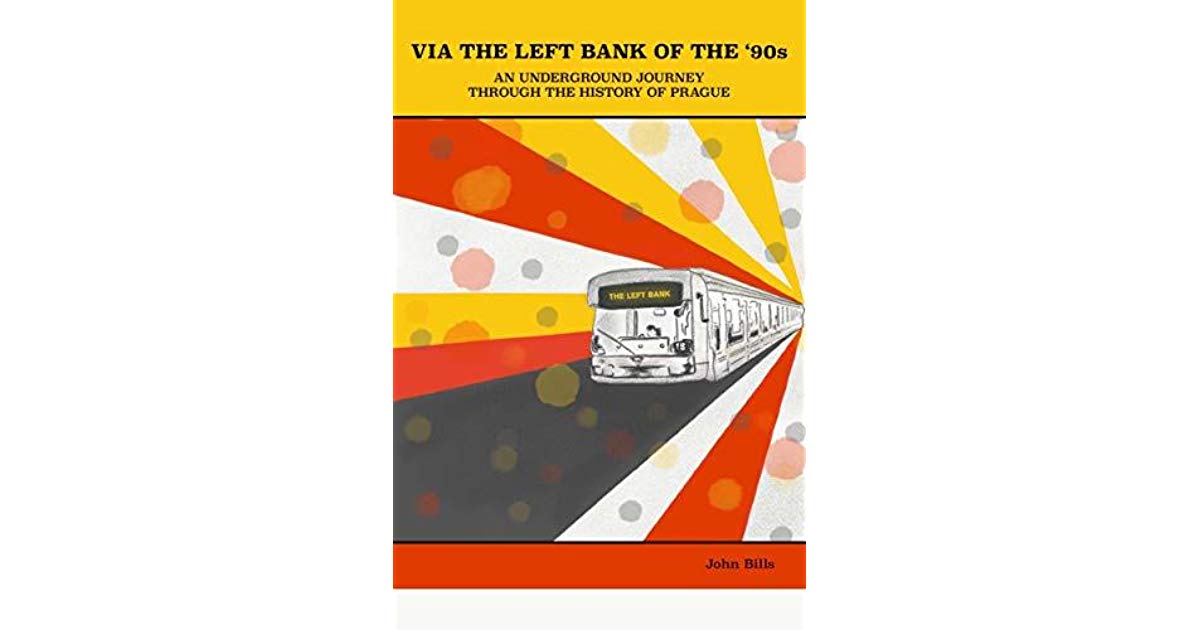
1. Hlavní nádraží and the Canadian Tic-Tac Girl
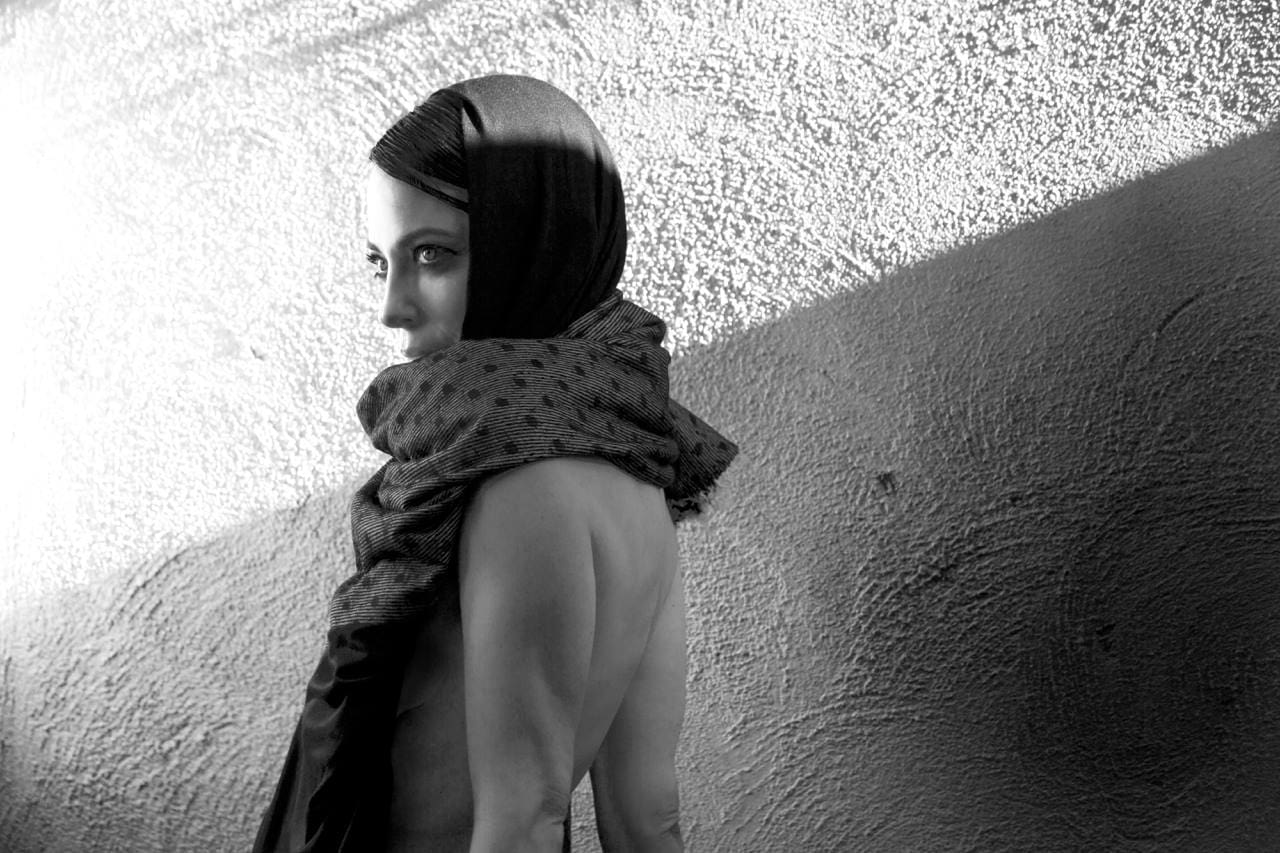
Where better to start than the very first station built on the Prague Metro? Prague’s modern train station is fairly faceless these days, but the old station found above Hlavní nádraží remains a charming space to visit while waiting for a train.
The station was designed by Josef Fanta, one of the most important names in Czech Art Nouveau architecture, but it is his great-granddaughter who makes waves in the modern world. Fanta’s child’s child’s child is none other than Kate Kelton, a Canadian actress and artist who made her name as the face of Tic-Tac commercials in the Great White North. Kelton was also in the music video for Shaggy’s ‘It Wasn’t Me’. A classic, for sure.
2. Jiřího z Poděbrad and the Radiohead B-Side
Jiřího z Poděbrad is one of my favourite stations, although that might have more to do with the excellent sandwiches at Mikrofarma than the tracks and trains of JZP. The square above the station is home to the biggest clock face in the Czech Republic, but it is the voice of Světlana Laviková over the train tannoy that provides our second piece of curiosity.
Laviková’s announcement that passengers should watch out for the doors and that the next station is Jiřího z Poděbrad can be heard at the beginning of Radiohead’s 1997 b-side, ‘A Reminder’. Why did Thom Yorke and co. decide to sample Laviková? It is generally agreed that querying the creative decisions of Radiohead is a fool’s move, so I’ll leave that for now.
3. Hůrka and the Slovak National Uprising
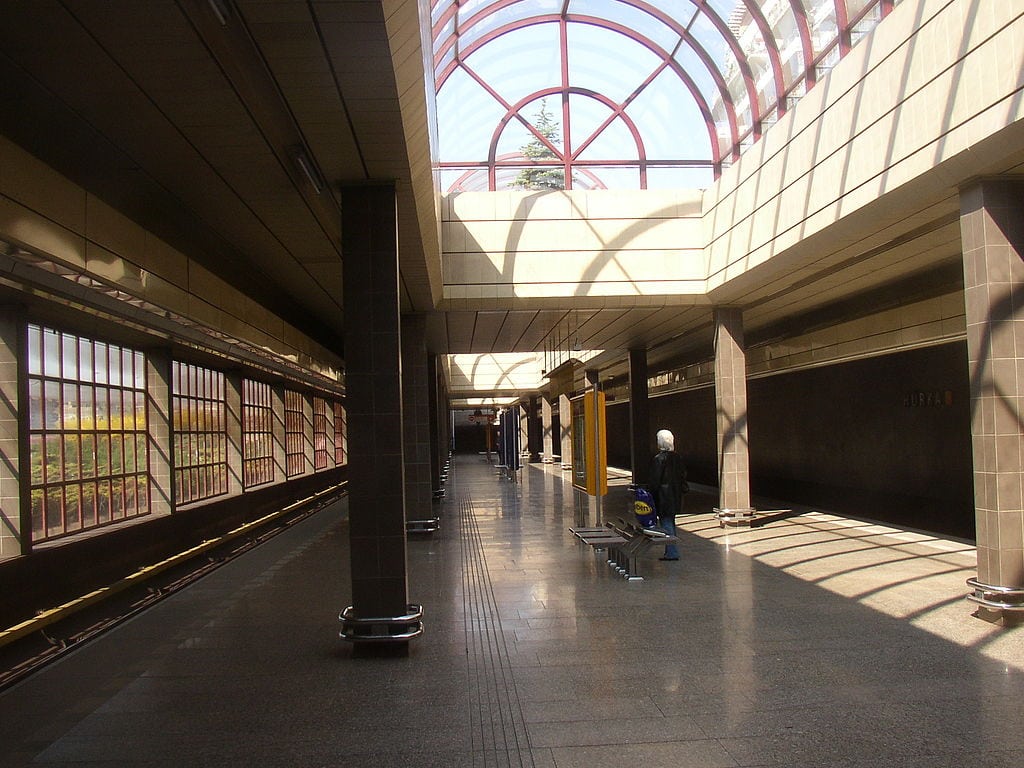
Hůrka absolutely receives less traffic than JZP and Hlavní nádraží, but the residential spot in Stodůlky comes with its own curiosities. Concrete is king up above, although the people of the neighbourhood may well have been alighting at a different station if history had taken a different turn. Two names were on the table for Hůrka as the station was being built; Butovická was the first, an obvious one when geography is taken into account.
The second? Slovenského národniho povstání, or Slovak National Uprising to the linguists. That name was far off the table by the time the station was opened in 1994, but one can only assume that Hůrka would receive even less traffic today if visitors were expected to pronounce Slovenského národniho povstani. Yikes.
4. Skalka and the Post-Hardcore Music Video
What is it with A Line stations and alternative rock bands? Radiohead chose the announcement of JZP as the intro for a b-side, and Texas icons At the Drive-In decided that a short clip of Skalka was just what their video for ‘One Armed Scissor’ required. There is nothing particularly interesting about Skalka (sorry Skalka), but maybe it was that ‘Generic Central European Station’ look that Cedric, Omar and the other three were after?
5. Kolbenova and the Missing Bust
An outer stop on the yellow line, Kolbenova is one of a number of stations that doesn’t really get much attention. By this point, folk are either on their way to a bus at Černý Most or preparing to get off at Hloubětín and experience disappointment at the flea market. Kolbenova is named after Emil Kolben, the man lazily-described by some as the Czech Tesla, a boy who came from rags and worked himself to riches, building an engineering empire in the process.
The Nazis came in and put an end to that however, and Kolben died a penniless 80-year-old in the Theresienstadt concentration camp. A bust of the great man once stood in the entrance hall of the station that takes his name, but the bust has since been stolen, another victim in the desperate race to horde anything and everything of tangible value.
6. Háje and the International Space Race
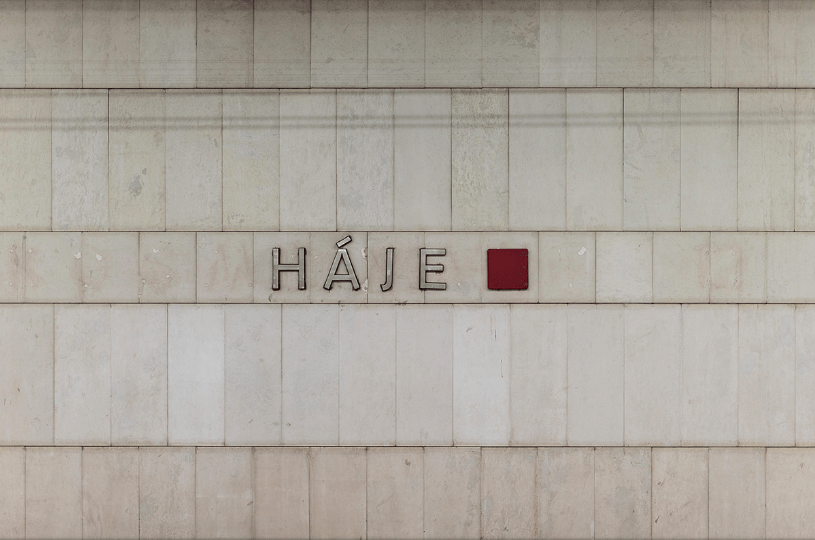
The southern terminus of the C Line, Háje was initially called Kosmonautů (the Station of the Cosmonauts). There wasn’t a huge amount to link the Prague 11 neighbourhood and the space race when the name was chosen, but I’m not about to complain about such a moniker. A statue of Vladimír Remek stands outside the station, commemorating the first man from outside the US and the USSR to go into outer space. Remek was the first astronaut of the European Union, making his journey some 15 years before the ‘EU’ became a thing.
7. Invalidovna and the Last Wish of a Dying Man
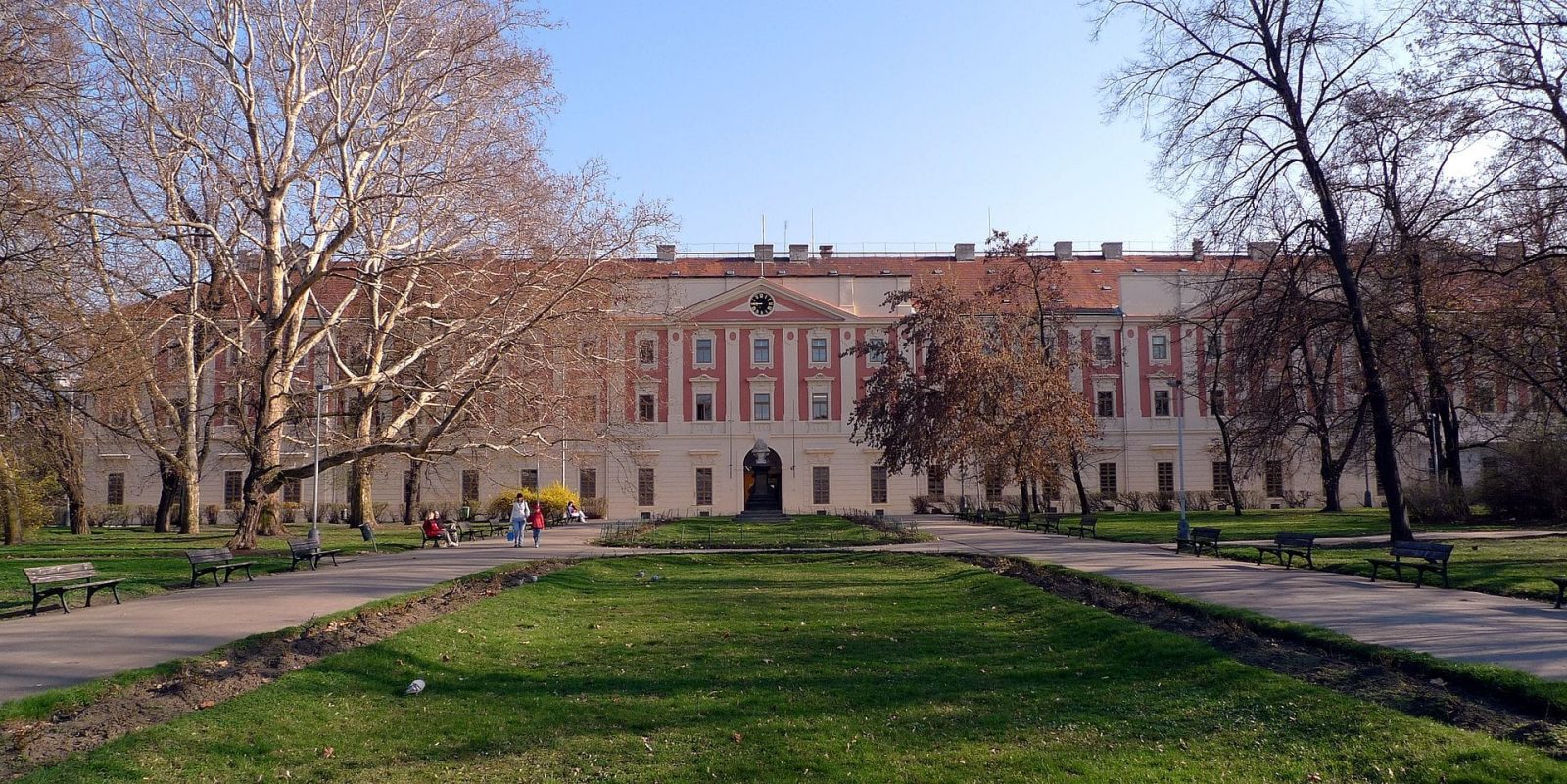
Invalidovna isn’t exactly the most enticing of station names, but it has more to do with the graceful building nearby than questionable linguistic misunderstandings. Built between 1731 and 1737, the Invalidovna building was intended to be a humongous complex that would provide comfort and rest to those soldiers who had served the empire. The idea was to house around 4,000 veterans and their families, with its own brewery, slaughterhouse, distillery, cemetery and the rest.
It was the last wish of Petr Strozzi, a Czech count with Italian heritage, who worked his way up the military ladder until a stray bullet knocked him off (as in killed him dead). Strozzi often spoke of his dismay at the abandonment faced by soldiers, and he bequeathed the majority of his riches to the building of a veteran’s home in Hořice, which eventually became a veteran’s home in what we today call Karlín. Of course, by ‘veteran’s home’ I mean ‘abandoned veteran’s home’, but it’s the thought that counts.
Prague is an endlessly curious city, with fascinating history found around every corner. Via The Left Bank of the ‘90s won’t reveal all of those secrets, but it will give you a whole new perspective on this magical city, with plenty of education, entertainment, chuckles and cheer along the way. The eBook is available from www.poshlostbooks.com. But more importantly, have a very Merry Christmas.












 Reading time: 5 minutes
Reading time: 5 minutes 
























